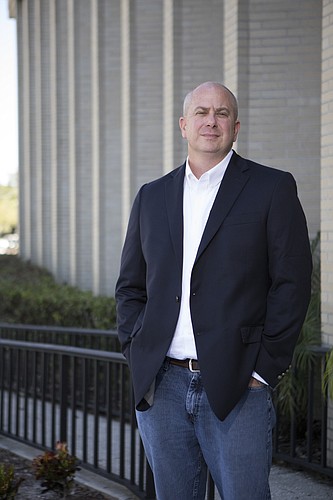- December 13, 2025
-
-
Loading

Loading

The third week of March 2016 was one of the ages for entrepreneur Doug Pace. One on side, he celebrated a major milestone, when he exited the digital marketing business he co-founded 12 years earlier, Bayshore Solutions. With some $10 million a year in revenue, 120 employees and offices in Miami and Denver, in addition to a Tampa headquarters, Bayshore was a career success for Pace, then 42 years old. Pace sold his ownership shares to his co-founder Kevin Hourigan.
Three days later, March 14, 2016, Pace experienced the other side: he had a massive stroke. “Basically,” Pace said in 2018, “every artery that brings blood to the brain just blew open.”